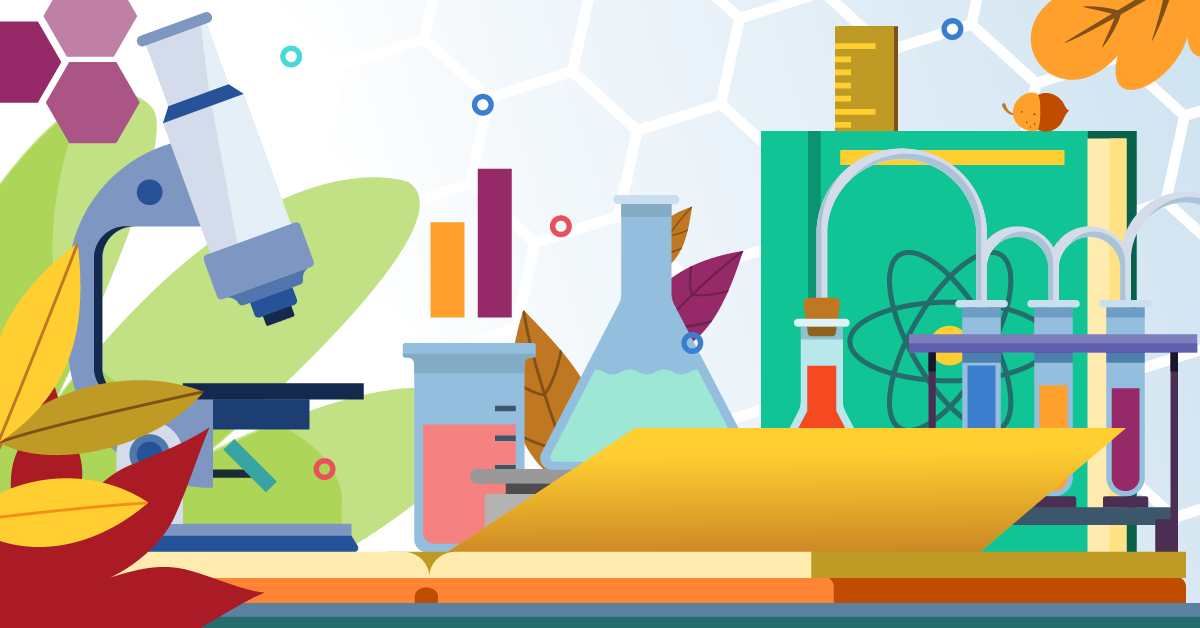We’re so excited to share what we’ve been working hard on all summer for our Virtual Elementary School students! The Ontario Ministry of Education recently released an updated science and technology curriculum to be implemented this fall for Grades 1 to 8. What do those changes mean for our students? Let’s dive in!
New Ontario Ministry of Education Curriculum Expectations
Connecting STEM Learning
- For the first time, Ontario has dedicated learning expectations for Grades 1 to 8 which explicitly connect science, technology, engineering, and mathematics to real-world issues.
Emerging technology
- Students will learn about the rise and application of advanced research, robotics, and the development of artificial intelligence (AI) systems.
Skilled trades
- In Grades 4 to 8, students must develop an understanding of how advancements in science and emerging technologies are enhancing the skilled trades and providing exciting career opportunities.
Food literacy
- Learning related to food literacy empowers students to make decisions that affect their physical and mental health, consider local food production, and improve their knowledge of the scientific processes involved in agriculture.
Coding
- Mandatory learning on coding from Grades 1 to 8, consistent with the math curriculum, will further enshrine Ontario as a STEM leader.
Here is a sample of an animated video from the Grade 5 science and technology course.
The VES Response
In the new courses launching in September 2022, we have integrated the revised expectations to improve and enhance our existing content. A major component of the new curriculum is the focus on increasing awareness of STEM (Science, Technology, Engineering, and Math) topics and teaching applicable real-world skills in those fields. Here are just some of the ways that we’ve incorporated STEM learning in our courses:
- Connect STEM learning with real life. Students will explore engineering concepts, how machines and mechanisms operate, and how computers and coding fit into their everyday lives.
- Investigate STEM careers. Students will develop an understanding of the links between learning and real-world applications in many different careers. An emphasis on job opportunities and pathways can spark their interest in pursuing science courses in high school and beyond.
- Discover the world of skilled trades. Students will learn about different technologies and engineering skills so that they can grasp how they’re used by skilled tradespeople in the workforce.
Other new topics in our science and technology courses include the following:
Food Literacy
- Students will be taught about what they eat, where their food comes from, how to stay healthy through diet and activity, and what constitutes a positive food attitude.
First Nations, Inuit, and Métis Innovations
- By developing their knowledge of different cultural backgrounds and Indigenous practices, students get to analyse and compare historical and modern scientific approaches to everyday issues.
Coding and New Technologies (COMING SOON!)
- Students will build on the coding concepts and skills that are taught in the elementary math curriculum by applying them to scientific research and investigation. For example, in Grade 3, students can learn how to program a small robot.
- Students are invited to explore the implementation of AI in their daily lives via facial recognition, autonomous vehicles, drones, and search engines.
- The coding updates are still being developed but will be added to our new courses by the end of the calendar year!
It is our hope that these new learning expectations within the curriculum will ensure that your learner is at the forefront of emerging innovation and able to compete in the global economy when they’re off on their own one day!
Click here to read more about the Ontario Ministry of Education’s revised science and technology curriculum and how you can support your learner’s needs during this period of transition.

